The best business books we read in 2018

When everyone can Google anything, books can answer questions you haven’t thought to ask and can hold information untapped by the web. In a 24-hour news cycle, people interested in learning more about business might not consider spending a week or more on a book.
Still, 2018 saw the publication of a number of must-read business books — from John Carreyrou’s “Bad Blood: Secrets and Lies in a Silicon Valley Startup” to “Crashed: How a Decade of Financial Crises Changed the World” by Adam Tooze. Both of these books will likely still be relevant beyond 2018.
In that spirit, Yahoo Finance has compiled a list of the best books about business that were still relevant in 2018 even though they weren’t necessarily published this year (though a few were). These books relate to many of the topics we’re covering, whether that’s the stock market, the economy, personal finance, or general business.
Here are our favorite business books we read this year.
“Factfulness: Ten Reasons We’re Wrong About the World—and Why Things are Better Than You Think”
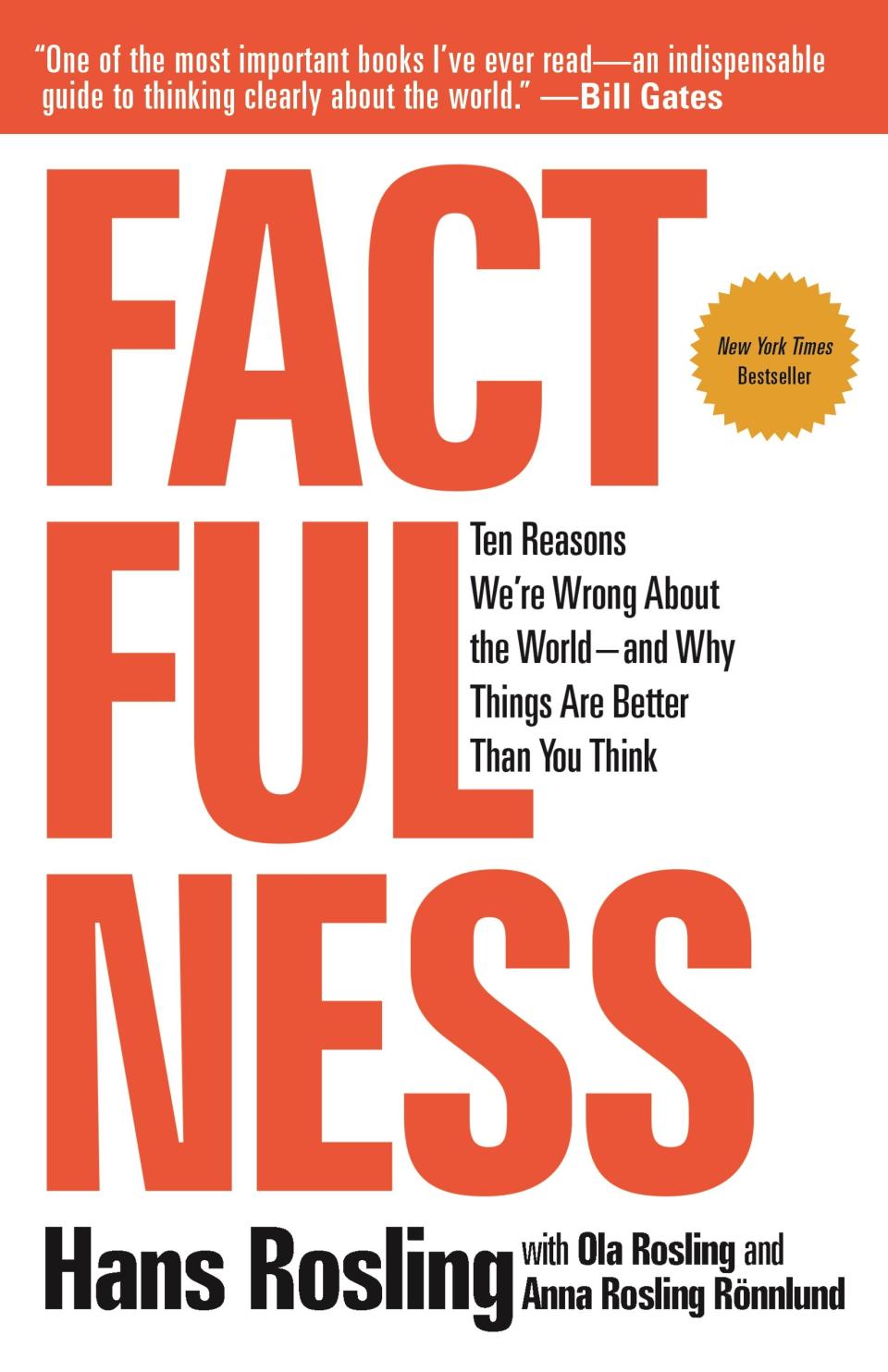
Refreshingly positive, “Factfulness: Ten Reasons We’re Wrong About The World — And Why Things Are Better Than You Think“ helps us build a framework through which we can see the world solely based upon facts. The main author, Hans Rosling, uses simple information and models to put some of the world’s claims, myths, and biases (including our innate ones) into proper perspective on a global continuum. It explores our tendency to place everything on opposite ends of a scale without considering everything kicking around in the middle. I love any read that aims for dismantling built-in bias. Bonus fun fact: Bill Gates loves it.
—Natalie Mayrath, Producer/Reporter
“The Color of Law: A Forgotten History of How Our Government Segregated America”
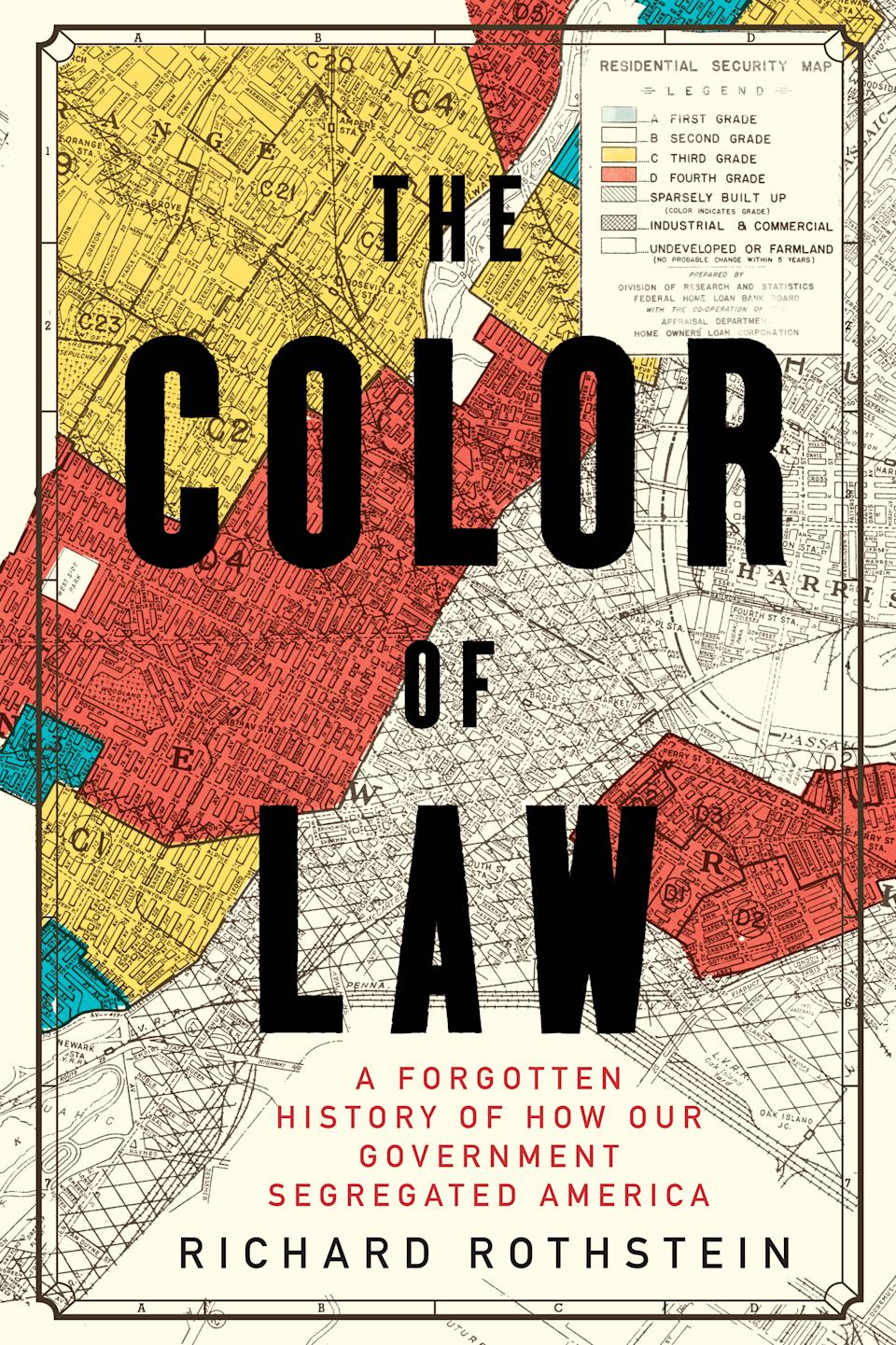
In this history of segregation, Richard Rothstein, a historian and academic, details how the U.S. Department of Housing and Urban Development propagated a policy of housing discrimination that led to structural segregation in cities. It’s a shocking but extremely well-researched book on a topic that many people aren’t familiar with.
The book raises great points about how the demographic make-up of our cities came to be in the first place, which is excellent context to the racial tension we experience in the U.S. today. And as we think about urban economics within the context of gentrification, “The Color of Law” serves as a reminder that we should consider our past when developing for the future.
—Brian Cheung, Reporter
“Economics: The User’s Guide”
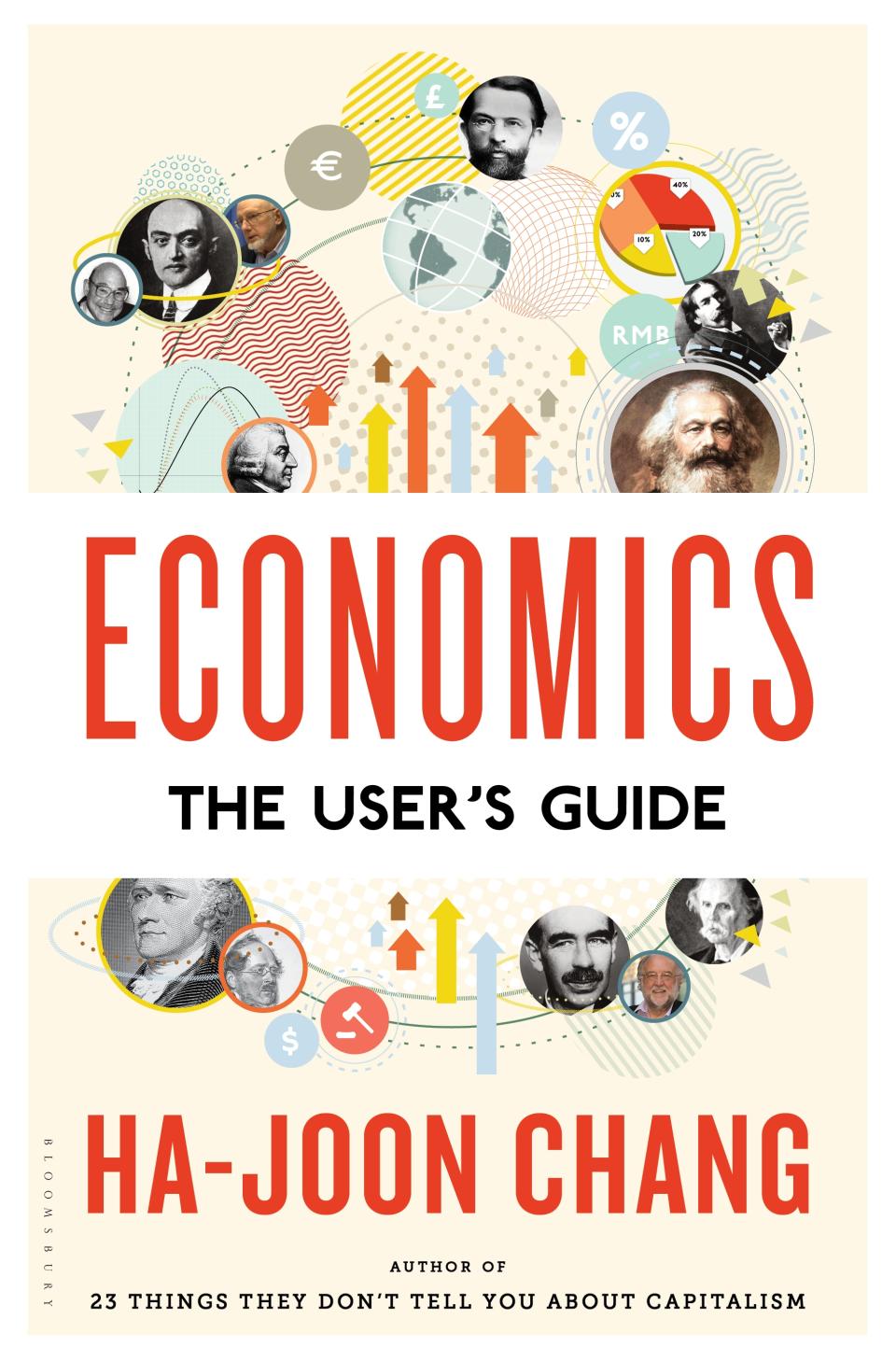
Unlike a lot of economists, Cambridge Professor Ha-Joon Chang is at pains to stress that his field is not a science. Chang stresses the inherent political nature of economics in this easily accessible guide to the basic principles of the field. Pitched at time-poor novices, the book features economic lessons drawn from everything from Mary Poppins to Stalin’s Russia to help people understand everything from Schumpeterian theory to global trade.
Chang ends the book by challenging readers to engage in economic debates. It may seem esoteric but economics is crucial in shaping our society and engaging in it is a democratic duty, he argues. We live in an age where “experts” and the status quo are being rejected around the world. Chang offers readers tools to engage and argue for change rather than burning the whole place down. It feels only more relevant today despite being four years old.
—Oscar Williams-Grut, Senior City Correspondent, Yahoo Finance UK
“We the Corporations: How American Businesses Won Their Civil Rights”
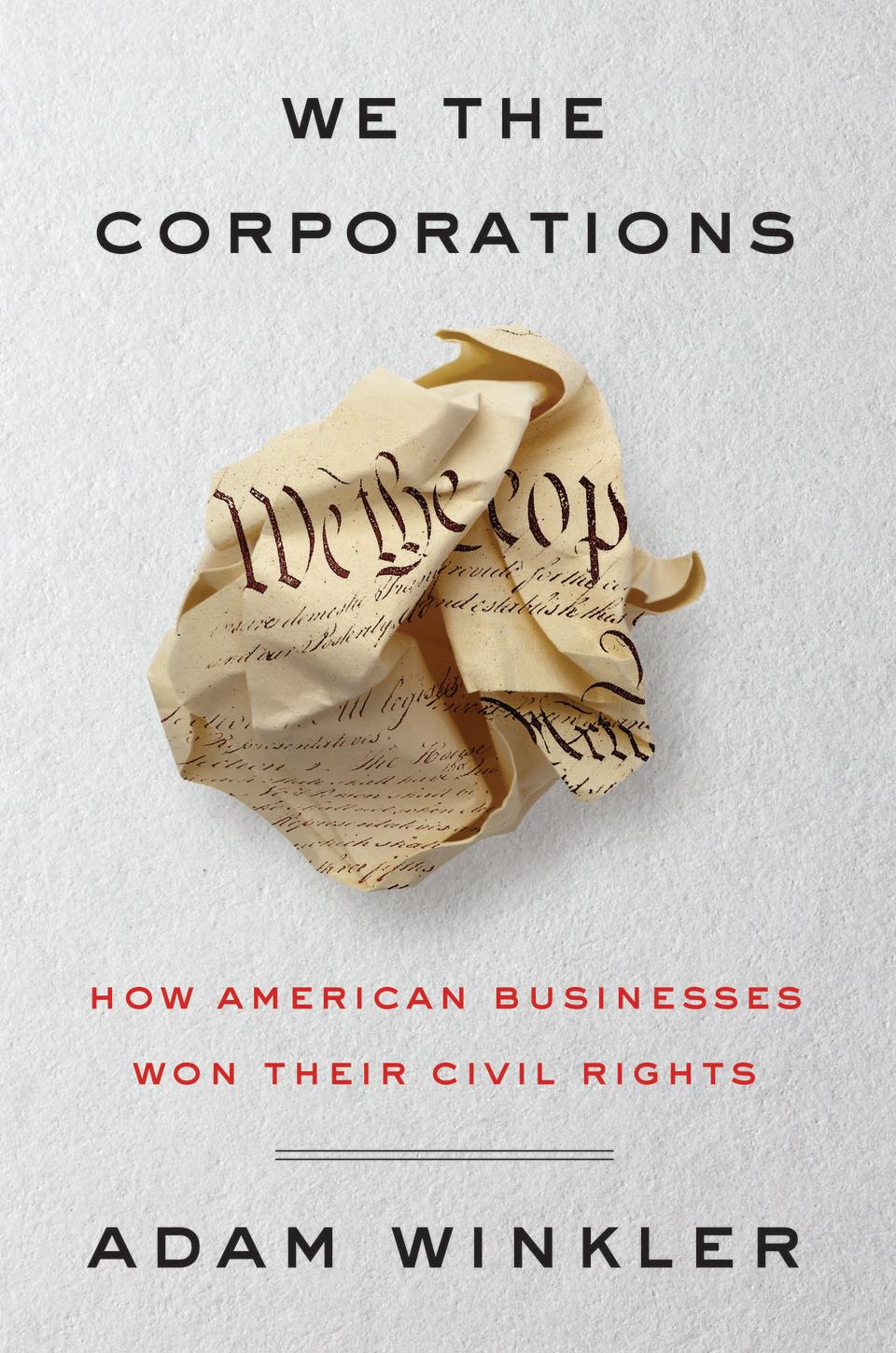
In “We the Corporations,” UCLA law professor Adam Winkler tells the story of how corporations used America’s courts to gain constitutional rights like religious liberty and freedom of speech. While the notion of “corporate personhood” might seem like a modern idea, Winkler’s book reveals that U.S. corporations began fighting for their constitutional rights not long after this nation’s founding.
The book is also full of counter-intuitive nuggets, like the fact that consumer advocate Ralph Nader inadvertently paved the way for a landmark 2010 Supreme Court decision known as Citizens United that affirmed corporations’ right to free speech. That decision, which Justice Ruth Bader Ginsburg called the court’s worst, found that restrictions on corporate political spending violated businesses’ First Amendment rights. This book is more relevant than ever, as many Americans still want Congress to find a way to overturn Citizens United.
—Erin Fuchs, Deputy Managing Editor
“Lessons for Leadership in a Startup World: Connecting the Dots”
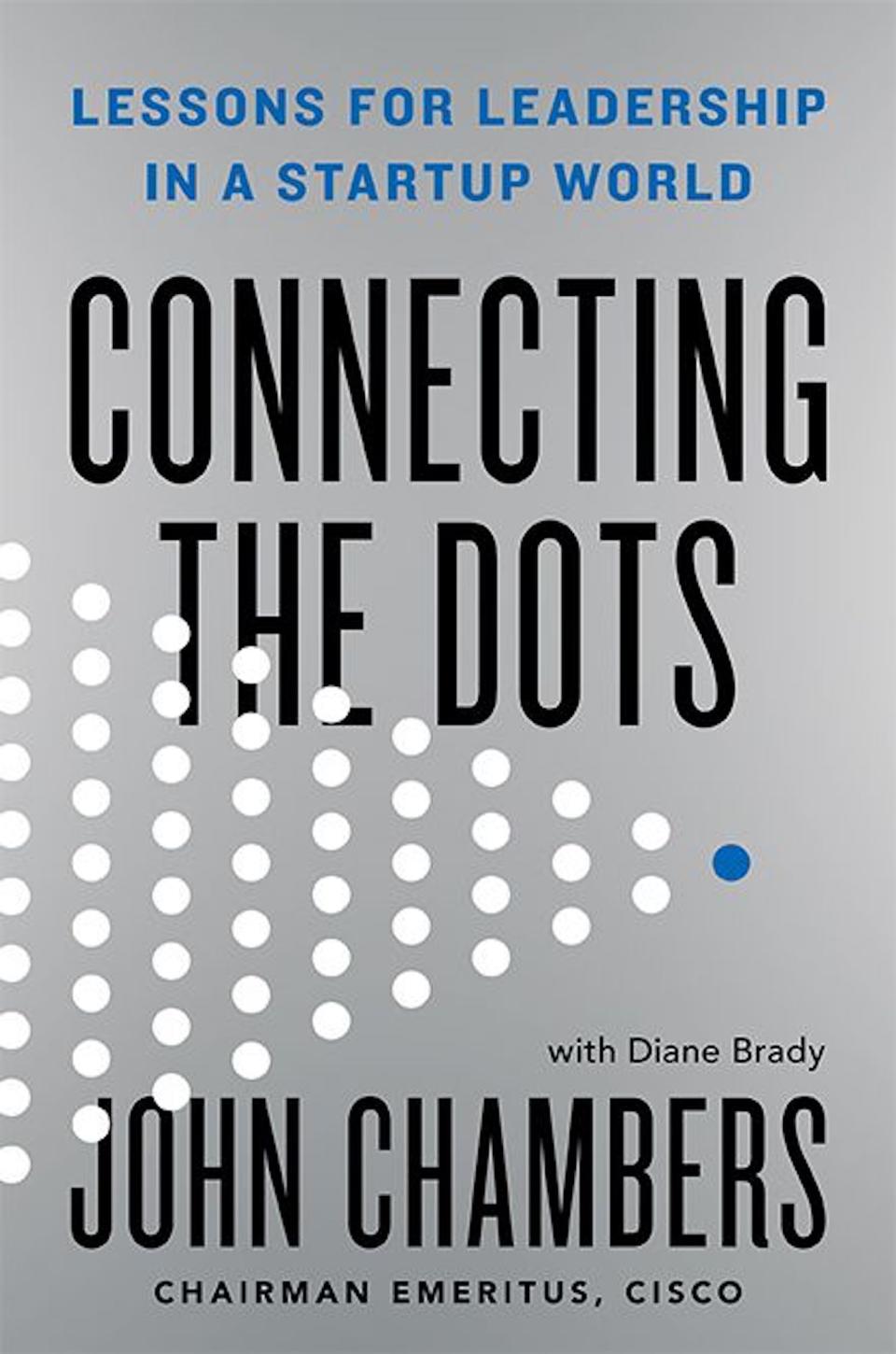
John Chambers, former long-time Cisco CEO, takes readers inside the C-suite to help them understand how the corporate magic is done. Along the way, Chambers shares leadership advice gleaned from his many experiences learned through the years atop Cisco (CSCO). Seeing as Chambers is one of the few tech CEOs to have survived both the Dot.com meltdown and Great Recession, the book is worth the read for anyone who strives to someday sit in the top seat. The book is relevant to the coming year as leaders will need to gather all their years of experience in a year destined to be much different than 2018.
—Brian Sozzi, Editor-at-Large
“How to Win Friends & Influence People”

This book from American writer and lecturer Dale Carnegie is a timeless classic on techniques to use in your personal or professional life to win people over, find common ground, or simply make a friend. I loved how anecdotes from the early 19th century business cases can still be applied today. In spite of the technological changes of the past century, human nature remains constant. As the discourse in American politics (and business to some degree) becomes more strident, Carnegie reminds us that respect and common decency go a long way.
—Dan Cuddy, Strategic Partnership Manager
“How to be Successful Without Hurting Men’s Feelings”

The workplace scenarios illustrated in this book are very serious, but are brought up in a humorous way that makes the book a great conversation-starter. This book will be an eye-opener for even the best of men who already work hard to bridge gender and pay gaps in the workplaces — and especially humbling for men who are completely oblivious to the ways they reinforce gender biases where they work.
—Jeanie Ahn, Senior Producer and Reporter
“Rock, Brock, and the Savings Shock”
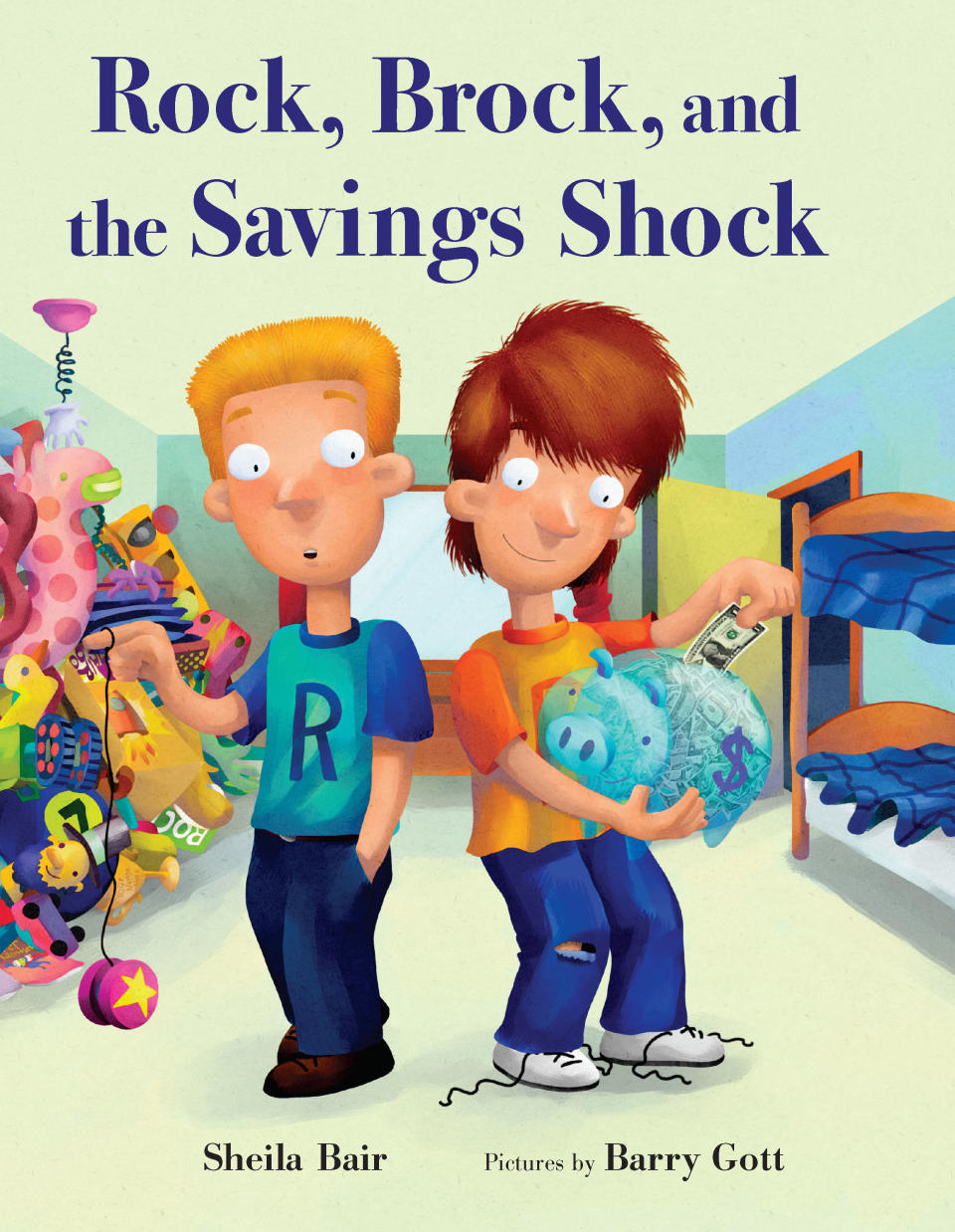
I never thought my kids would be reaching for a book like this as a bedtime story favorite, but they really do. The story is about twin brothers — one’s a saver, the other’s a spender — and a doting grandfather who matches any funds that are saved. It’s a fun way to bring up money in a non-worrisome way to kids and teach the importance of saving, spending wisely, and growing your money. And the author of this book — former FDIC chair and current Yahoo Finance contributor Sheila Bair — certainly knows how to manage money.
—Jeanie Ahn, Senior Producer and Reporter
“Sticky Fingers: The Life and Times of Jann Wenner”
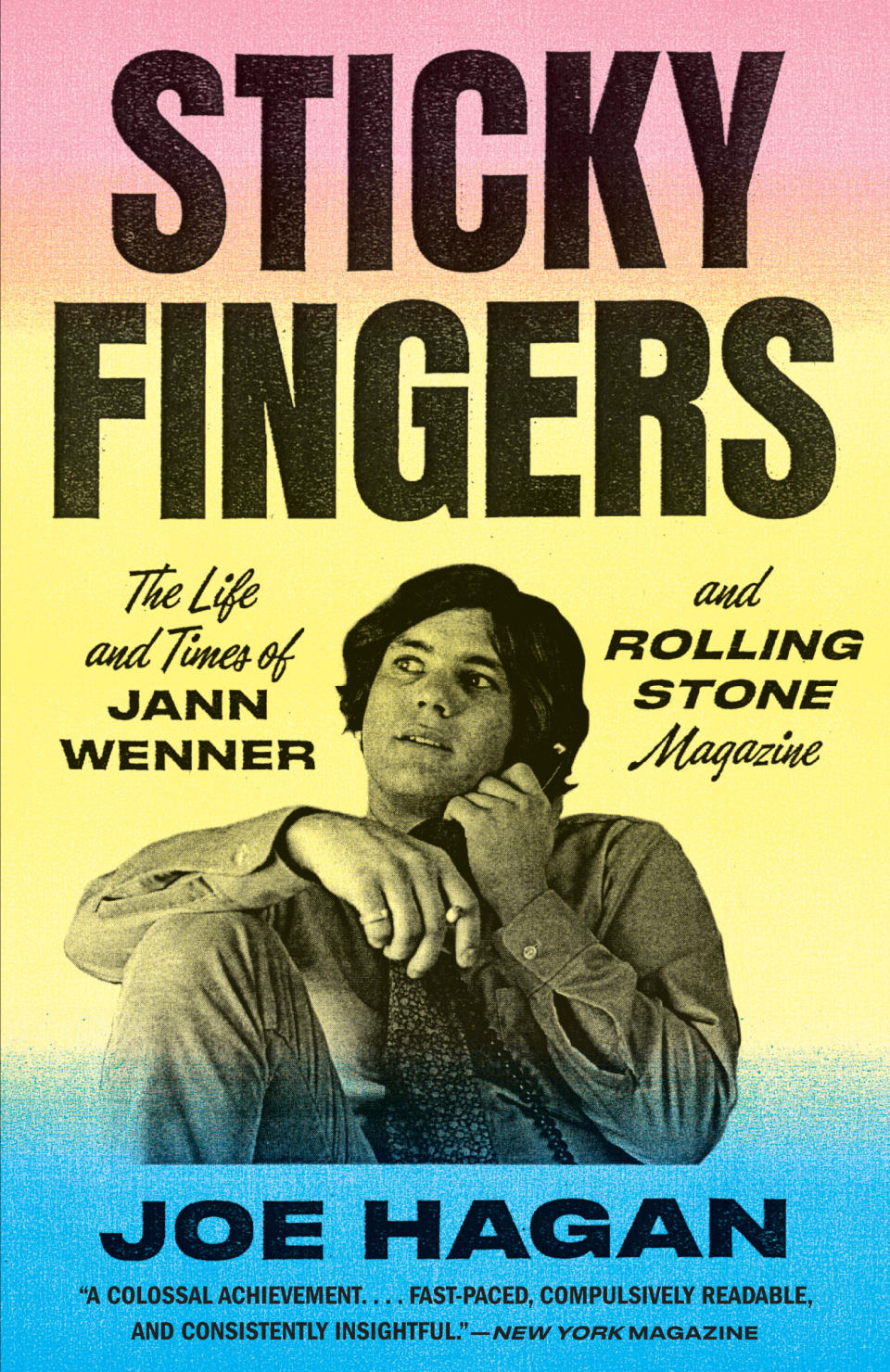
This is the ultimate rock and roll gossip history book. If you like the music, you’ll love this book, but not just for the music, politics and business. For those of you not old enough to remember Rolling Stone in its heyday, it’s hard to explain how influential the magazine was. It was kind of an ongoing generational guide to culture and society. To my mind, Hagan overly accentuates Wenner’s blemishes (huge faults!) at the expense of his singular accomplishment: Creating and building a global media brand. But take one look at the index and I bet it will be enough to make you jump right in. (Watch our interview with “Sticky Fingers” author Joe Hagan.)
—Andy Serwer, Editor-in-Chief
“Billion Dollar Whale”

My favorite business book this year was “Billion Dollar Whale” by Tom Wright and Bradley Hope. The book unpacked — in detail — the 1MDB scandal and Goldman Sachs’s involvement in it. The book features Hollywood movie stars, including Leonardo DiCaprio and Jamie Foxx, Saudi Princes, fancy yachts and piles and piles of money being laundered in shell companies around the world. What’s not to love? In addition to all the bling, it gives detailed reporting on how the deception unfolded and was executed.
The book continues to be relevant as fallout from the fleecing of Malaysia continues to be investigated by the Justice Department and could have implications for top management at GS. Meanwhile GS stock has been battered by the story. And the con-man, central to the plot who perpetrated the fraud, is still on the run.
—Yvette Killian, Producer
“Shoe Dog”
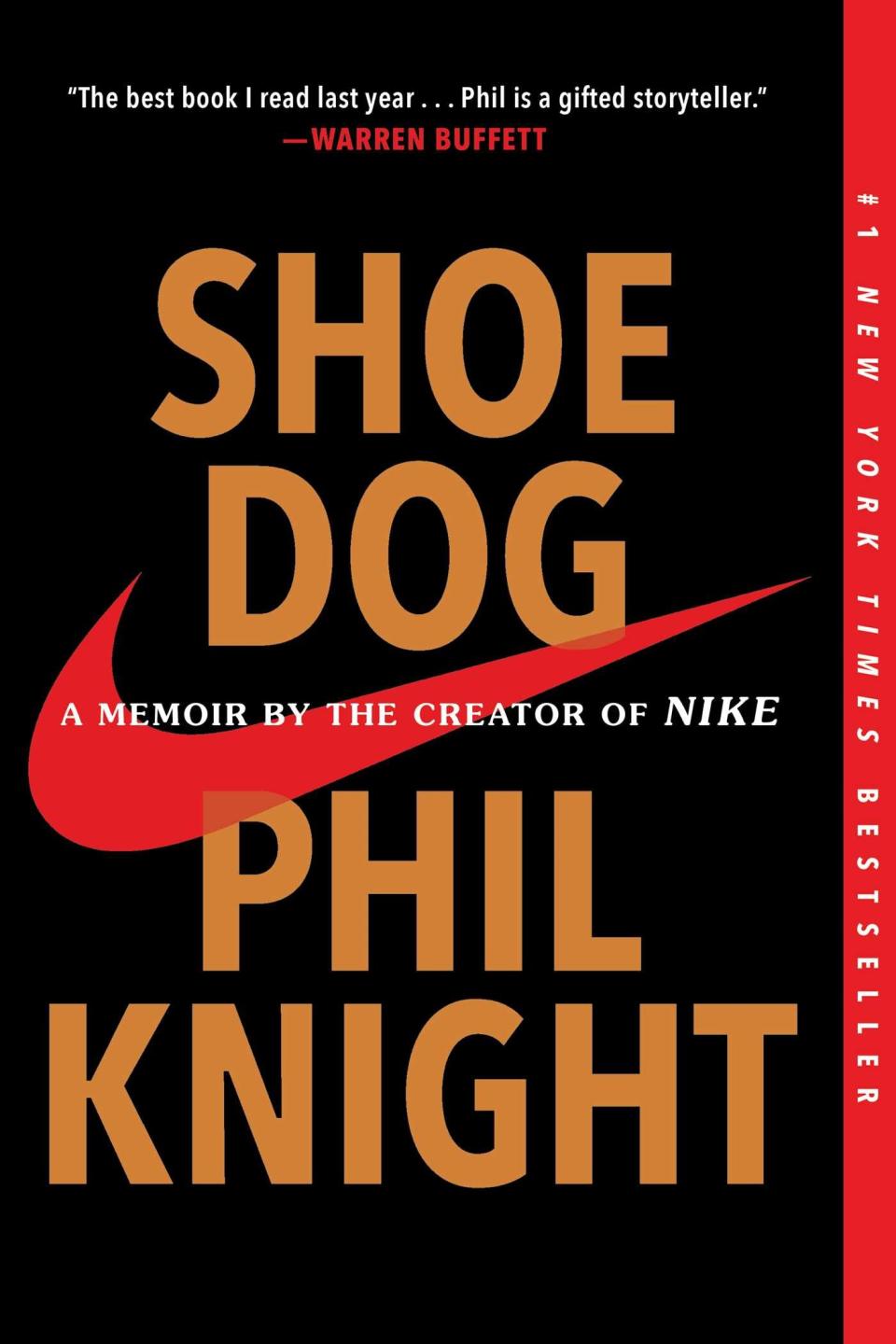
Even though I cover Nike (NKE), I avoided founder Phil Knight’s memoir when it came out in 2016 because I assumed I already knew the Nike story, and that the book would feel promotional and self-serving, as so many “success story” business memoirs do—I was wrong on both counts.
Knight wrote this himself (no co-writer) and is extremely candid. The tone is self-deprecating and wide-eyed, like Knight is as surprised by his own story as anyone else. You walk away from the story marveling at how many times Nike (called Blue Ribbon for the first six years of its existence simply because it’s what jumped into Knight’s head in a conference room in Japan) almost failed, how many early legal disputes Knight had to navigate, and how critical Japan was to the company’s creation story. The story moves along briskly and you find yourself rooting for him, and wondering, “How will he get out of this one?” even though you know the ending: in 2018, Nike is the top sports apparel brand in the world, with a $120 billion market cap.
But it wasn’t always that way. These days Nike is the giant that upstart brands like Under Armour look to take on, but “Shoe Dog” reminds you Nike was once the underdog to brands like Adidas (he saw Adidas as “the biggest monster out there” when he started his own brand) and Onitsuka. It also suggests that a new underdog could plausibly come along and dethrone Nike. (Early on in the book, a young Phil Knight visits the statue of the David in Italy and is “shocked at the anger in his eyes. Goliath never had a chance.”) Finally, the book provides a map for future entrepreneurs looking to build an American brand from scratch.
—Dan Roberts, Senior Writer
Read more:

 Yahoo Finance
Yahoo Finance 